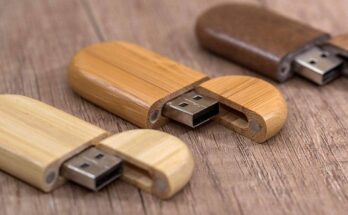At 6:12 p.m. US Eastern Time on Tuesday, NASA’s OSIRIS-REx spacecraft finished a four-and-a-half-hour descent to the surface of asteroid Bennu, 200 million miles from Earth. Once there, it briefly made contact with the ground in an attempt to collect some rocky pebbles and dust before safely flying away. We won’t know if the sample collection was successful until later.
Why do we want a sample? Asteroids like Bennu are some of the oldest objects in the solar system—they are time capsules chock full of the same materials (such as organics and hydrated minerals) that eventually formed into planets like Earth. Studying these asteroids in depth could reveal new insights into how habitable worlds are made.
But in order to really understand the origin and evolution of these objects, we need to investigate them in laboratories here on Earth. The main goal of OSIRIS-REx has always been to bring back a sample of Bennu so we can take a closer look.
How did it happen? OSIRIS-REx touched down on a 52-foot-long site called Nightingale. The sample collection was made possible through a “touch-and-go” pogo method in which the spacecraft descended with a large 11-foot arm extended to the ground, gently making contact with the surface for about five to 10 seconds. During that time it fired off nitrogen gas that wafted small rocks and dust into a collection container at the end of the arm. The spacecraft then flew back out to a safe distance away from the asteroid.
“Everything went just exactly perfect,” Dante Lauretta, the principal investigator for OSIRIS-REx at the University of Arizona, said on NASA TV after the maneuver. “We have overcome the amazing challenges that this asteroid has thrown at us, and the spacecraft appears to have operated flawlessly.”
The procedure was initially complicated by the fact that Bennu’s topography is different from what we once thought. When NASA first selected the asteroid for study, scientists thought it was covered in soft, sandy material like a beach, which would have been very easy to pick up. Instead, OSIRIS-REx quickly revealed Bennu to be a rocky surface covered in boulders and other hazards that would present new challenges for the sample collection. Luckily, OSIRIS-REx managed to avoid those dangers. Read more about it how the sample collection worked.
What’s next? Things aren’t over yet. The touch-and-go move went smoothly, but we still don’t know if OSIRIS-REx actually scooped up enough rock. NASA wants at least 60 grams, and there’s a 30% chance it failed to get that amount. NASA plans to update the media with more details Wednesday evening after looking at onboard images and videos of the sample collection and the container. If things look good, OSIRIS-REx will stow the sample and depart Bennu in the spring, to deliver the samples to Earth in 2023. If not, the spacecraft has the ability to make two more sample collection attempts. Check back here later to see how it did.


